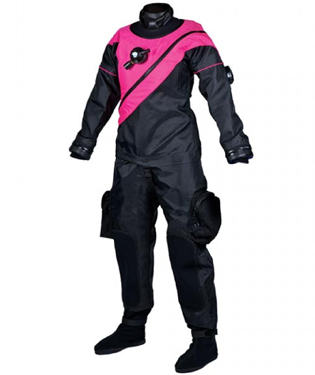Although the club has all the main SCUBA gear you’ll need to dive, all divers with UBUC must purchase some of their own personal kit. We normally run a kit sale at the beginning of the year. To find out when they are keep an eye on the mailing list, contact the committee or check out the Facebook page.
Make sure to check out the Equipment We Have page as well.
Kit You Must Buy
- Mask
- Wetsuit boots
- Fins
- A timing device (watch or dive computer)
Kit You Should Buy
This gear is available through the club to rent on a day by day basis, however there is a limited amount of this kit available so we recommend buying your own!
- Exposure Suit
- Hood
- Gloves
These can be purchased from a number of places. Chat to members at training sessions or the pub to find out where the best deals are. There’s nearly always someone with some kit to sell too.
Masks
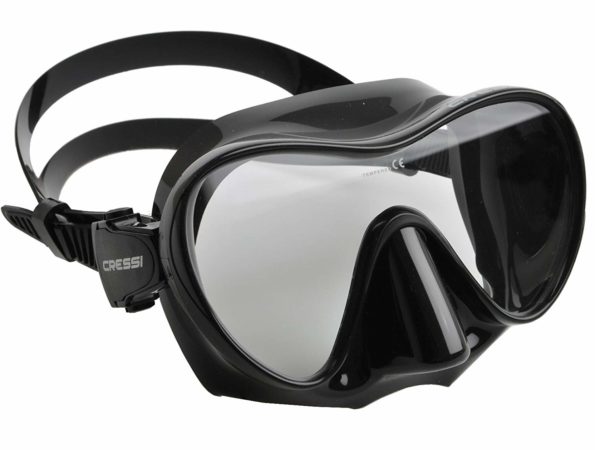
A good mask should fit well. To check, place it on your face and breath in with your nose – it should hold in place.
Boots
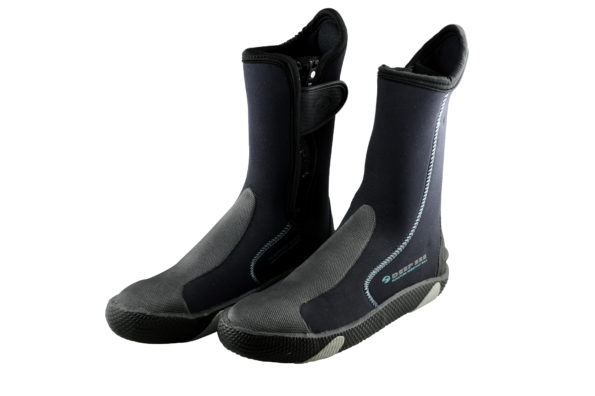
Boots should be as thick as possible (normally 5mm or more) and fit well.
Fins
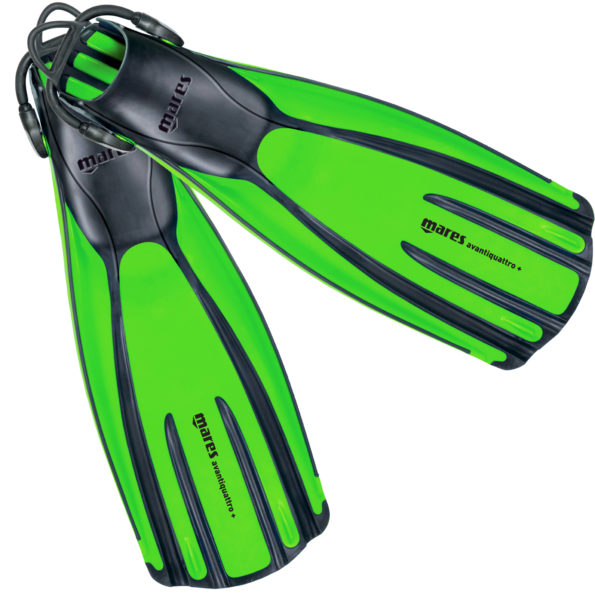
There are many different types of fins, all suited to different ways of finning. You must buy strap fins (not full foot fins) as we always dive with boots. Do not buy snokelling fins, although cheaper they do not provide the power needed for scuba diving!
Timing Device
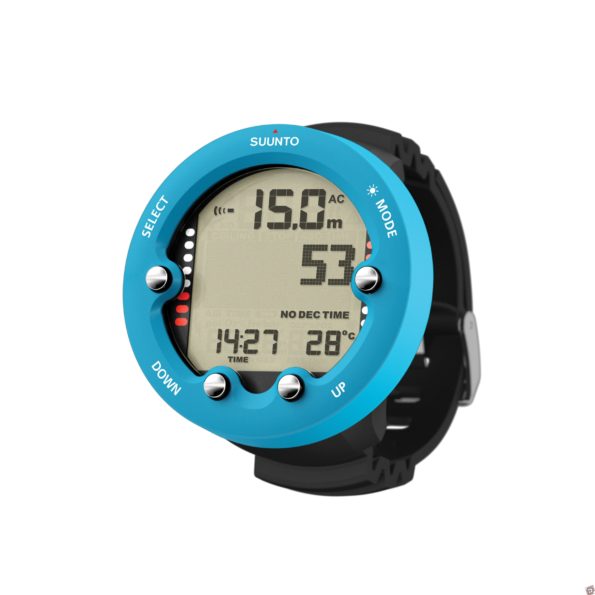
You will need a timing device to keep track of your dive time. This can range from a cheap watch all the way to a dive computer. Make sure it is certified to 100m depth, and preferably has a timing function.
Exposure Suit
Wetsuit
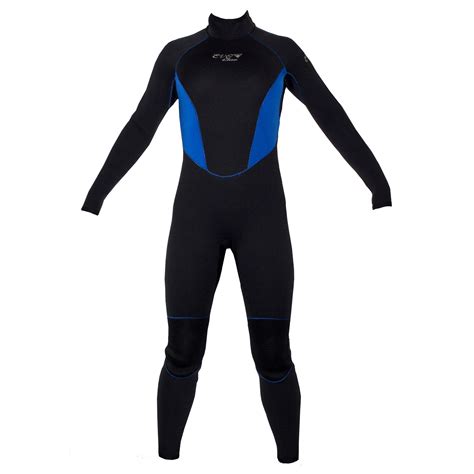
This is the most common form of exposure suit, in general, and you will probably have used one at some point or other. Wet suits work by limiting the flow of water around the body. They partially trap a layer of water next to the skin which your body heats up. By limiting the flow the amount of water being heated up is reduced. These, however, are not advisable for diving in the UK.
Semi-dry
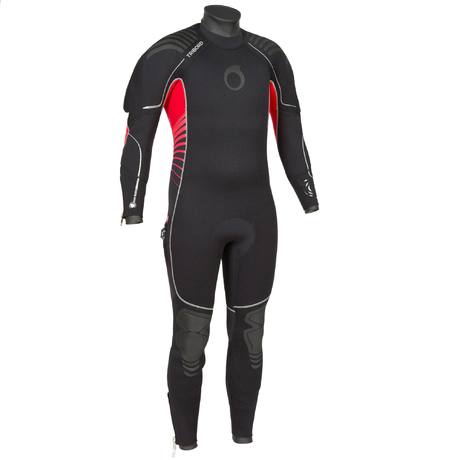
These are similar to a wetsuit, but they include neck, wrist and ankle seals. This significantly reduces the flow of water in and out of the suit. They tend to fit snuggly around the body and do restrict movement. Diving in a semi-dry is the same as diving in a wetsuit, and so no additional training is needed. Due to the fact that you do get wet, semi-drys are usually warmer in the water than out of it. It would be in your best interest to remove the suit inbetween dives, dry yourself as much as possible and put on some warm clothes. Semi-drys tend to cost upwards of £150.
Any wetsuit / semi-dry should be a minimum of 7mm thick for diving in the UK.
Dry Suit
The final option is the dry suit. They have water tight seals at the neck and wrists and built in boots. Here there is the added complexity of buoyancy in these suits, as they trap a pocket of air that compresses as you descend. This skill taught in the pool before diving in open water. Because they have to be completely water tight and need inlet and exhaust valves, dry-suits are expensive. This is an investment. There are 2 main kinds of dry suit:
- Neoprene: This is the same material that wetsuits and semi-drys are made from. The neoprene offers some insulation and so fewer undergarments are required.
- Membrane or Trilaminate: These are made from a thin (but extremely tough material. The suit itself offers no insulation, but allows for plenty of undergarments to be worn underneath.
For either of these types, there are myriad of different brands and options. Prices typically start around £400 new but can go well above £1000. There have been some highly successful eBay purchases of dry suits for much less. Ask an instructor or committee member for advice if you are planning on going that route.
Everybody tends to start off in a semi-dry and then progress to a dry suit after a few years. Recently, however, more and more of our divers are starting off in second hand dry suits. If you feel cold in the pool and can see yourself doing a lot of UK diving a dry suit is definitely a worthwhile investment. If you’re only going to dive in the summer a dry suit may not be necessary. Semi-drys are also easy to travel with, but a dry suit is awkward to transport and over-kill for tropical seas. Dry suits are also high maintainence, requiring rinsing in fresh water after every trip, new wrist and neck seals when the old ones wear out and has a delicate zip that needs careful looking after.
Hood
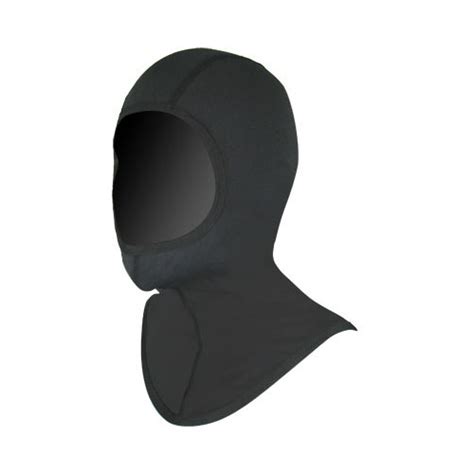
A hood should be at least 5mm neoprene and fit snugly. It should cover up all the skin from the exposure suit upwards. Hoods can be bought with an extra ‘flap’ that goes around the neck, helping to keep the wearer warmer.
Gloves
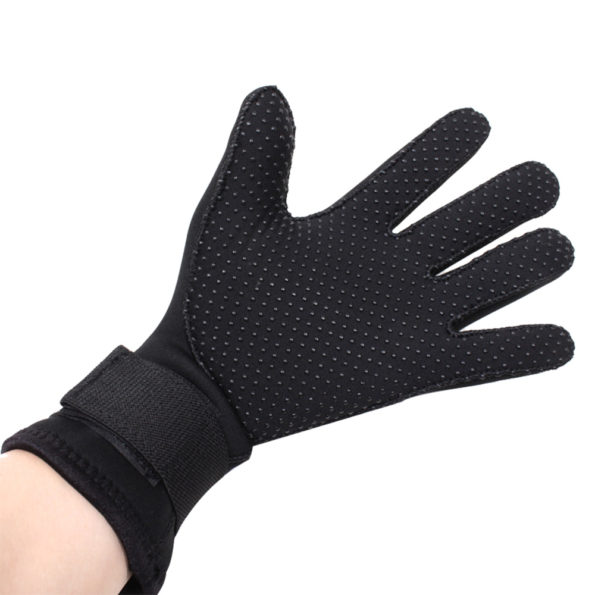
The thicker the gloves, the warmer the wearer will be, but the less dexterity you’ll have. 3mm gloves are a minimum, although most people in wetsuits / semi-drys should probably get 5mm gloves.
